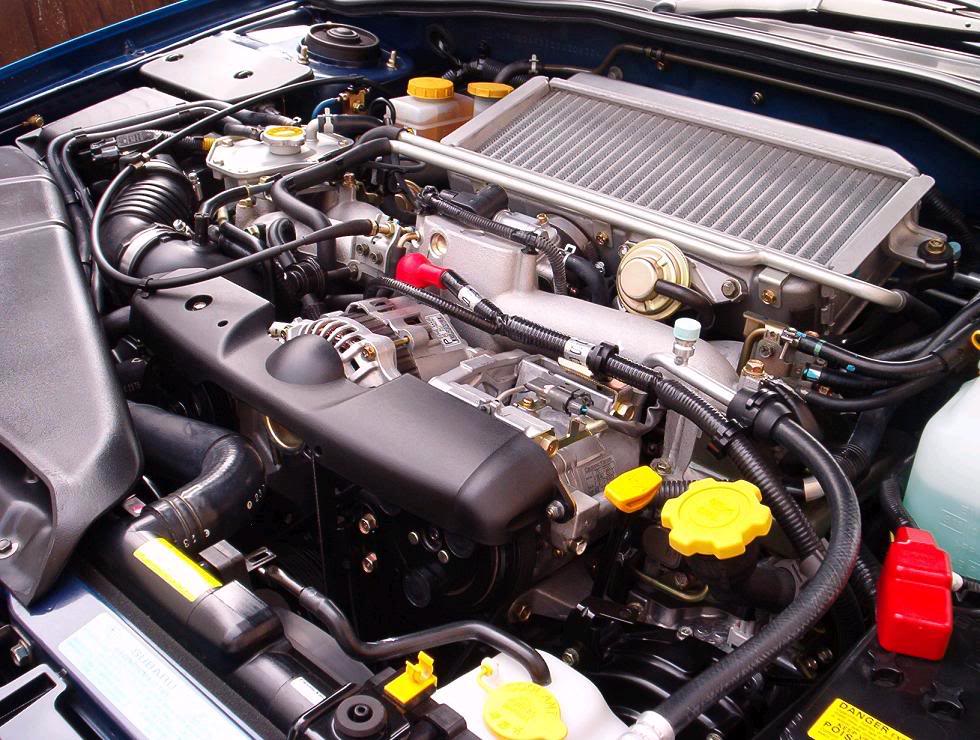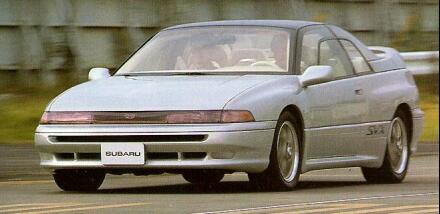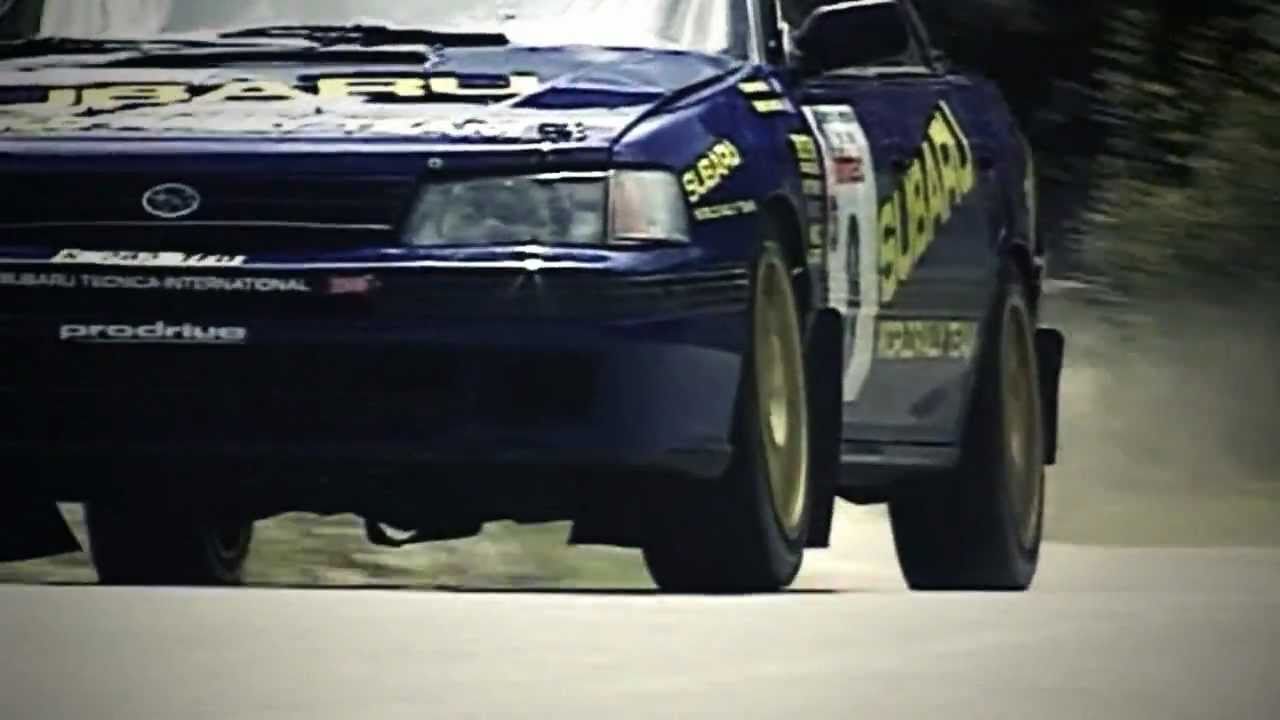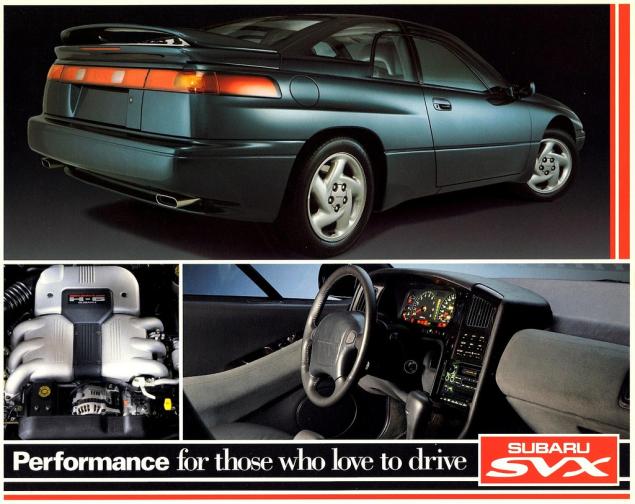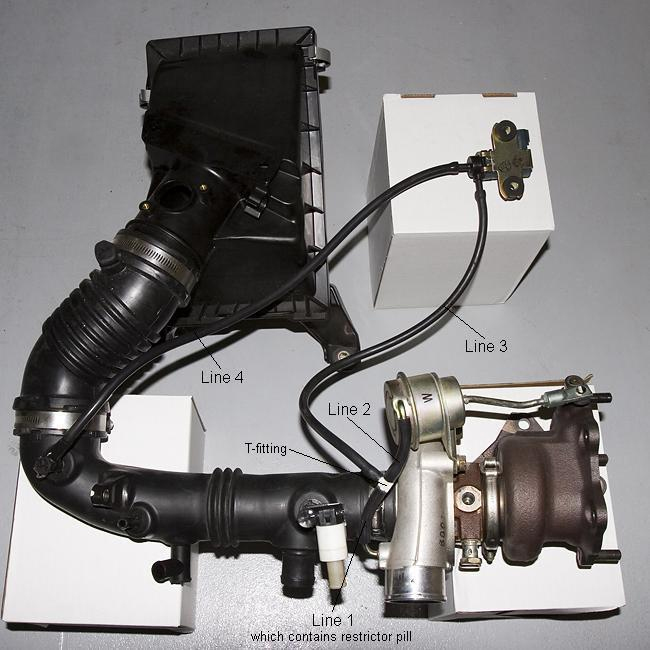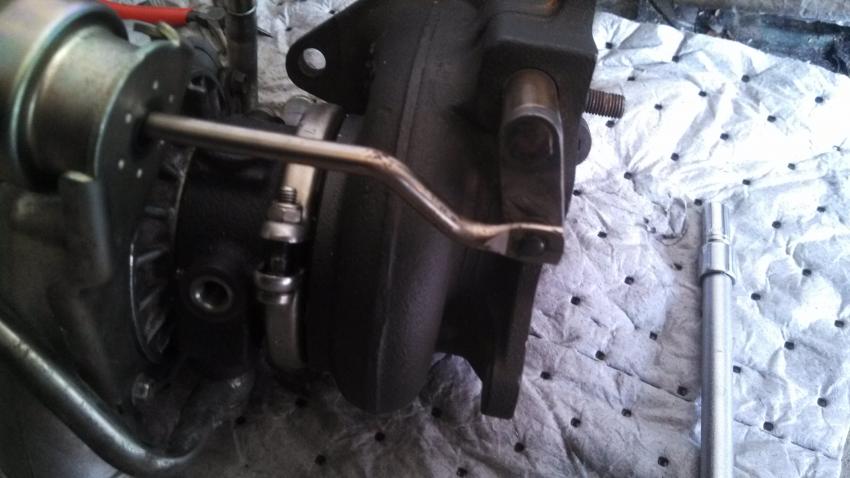Downpipe Turbo Subaru FAQ
Buying a aftermarket downpipe is a typical modification which removes or replaces the stock catalytic converter with a better flowing unit. It also increases the exhaust diameter for better flow.
HP gain is 15-20HP. This figure is highly debated as different manufacturers use different dynos with different cars with different levels of mods. It also varies because some downpipes use one high flow cat, while others are catless and actually extend far enough back to eliminate the 3rd cat as well.
I have an 06/07 WRX, is the downpipe the same? No. The 06/07 WRX has a unique exhaust in that it’s downpipe is both the downpipe and catpipe sections of the “older” exhaust. This means you must use a “long” downpipe to bolt up to the rest of your exhaust system. A full TBE will fit fine, but when replacing just the downpipe, you must use a long downpipe.
I have an 08/09 WRX, is the downpipe the same? No. The 08/09 WRX has a unique exhaust in that it’s downpipe is the same, fitment wise, as the Legacy GT. So if you have one of these models, you must ensure you state your model/year to your vendor or specifically request the “Legacy GT downpipe” for your car in order to assure proper fitment.
Which manufacturer is best? This topic is highly debated. There have been no reported consistent “bad” downpipes on the market. Obviously, there may have been bad pipes sold, but not enough to report as “bad” overall.
What downpipe metal material is best? Downpipes are made from mild steel and stainless steel (304 & 321). There is no irrefutable evidence that one material is better than the other. Obviously, corrosion levels are higher with mild steel (coated or otherwise). Article on exhaust materials.
Which downpipe construction method is best? Downpipes have 4 main construction methods:
1. Blank plate: Identical to stock construction with the wastegate portion completely covered.
2. Bellmouth: Completely open design.
3. Split bellmouth: Similar to bellmouth only with a divider inserted to separate the wastegate.
4. Divorced or Twin Dump: Separate exhaust and wastegate piping that connect further downstream.
There is no irrefutable evidence that one design is better than the other. The thought process is that the greater the separation there is between the wastegate gases and exhaust gases, the smoother the overall exhaust flow.
